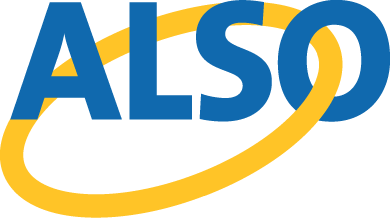Supporting Survivors During Offender Release: S.T.O.P. in Action in Connecticut
This week’s story comes from Connecticut, where STOP funded victim advocates empower survivors during offender release:
Survivors of sexual violence face a great deal of uncertainty when their offenders are released from prison. For some, this time of transition is extremely frightening, and they have concerns about their personal safety and the well-being of others in the community. Other survivors hope to re-establish some kind of relationship with their offenders but have questions about how that can be accomplished. Because the needs of survivors vary from case to case, Connecticut Sexual Assault Crisis Services, Inc. (CONNSACS) has two unique victim advocates who work with parole officers and sex offender treatment providers in Special Management Units, or “teams.” Through their participation in these teams, victim advocates are able to bring the voices of survivors to a forum where they have traditionally been unheard. These two specialized advocates currently provide services to survivors throughout the entire state of Connecticut.
Jill*, a survivor of sexual assault, initially wanted to reunite with John,* who had sexually assaulted her soon after they purchased a home together. At John’s parole board hearing, Jill submitted a statement asking not only that he be released but that they be allowed to resume their relationship. John was granted an early release, and a victim advocate contacted Jill to discuss the conditions of his parole. Jill told the victim advocate about her hopes for reunification, and with Jill’s permission, the advocate communicated her request to John’s parole officer. The parole officer informed the victim advocate that a decision regarding reunification could not be made until John had been evaluated for treatment, and this information was passed on to Jill.
The victim advocate maintained contact with Jill and acted as a liaison with the team for the next several weeks. Before a decision could be made regarding reunification, however, John’s parole officer discovered that John and Jill had been having contact with each other without approval. This was a direct violation of John’s parole stipulations, and he was sent back to prison. Jill was distraught and blamed herself for John’s re-incarceration, and the victim advocate worked closely with her over the course of several months to ensure that she had the resources and information that she needed to get through this difficult time.
After six months, John was again granted an early release, and the victim advocate contacted Jill to inform her. At this point, Jill wanted to end her relationship with John, but she was afraid that doing so would cause him to become violent. Not long after John’s release, the victim advocate received a frantic phone call from Jill, who informed her that John had been threatening and harassing her over the phone. Jill was afraid that John would find her and hurt her, so the victim advocate helped Jill develop a safety plan and then contacted John’s parole officer. John’s global positioning satellite (GPS) indicated that he was near Jill’s residence, and the parole officer decided to pick up John immediately.
When officers arrived at John’s location, he was intoxicated and contemplating disarming his GPS. Because of the ongoing communication that the victim advocate had with both Jill and parole, John was taken into custody without incident, and Jill felt reassured that her safety was a primary concern for everyone involved in the Special Management Unit.
To take a deeper look at the promising S.T.O.P. funded work, view the S.T.O.P. in Action film. For more information on ALSO’s STOP Technical Assistance to Administrators Resource (STAAR) Project, click here. Make sure to check back next week to see if your state is featured or follow us on Twitter for these and other updates.
*Not their real names

